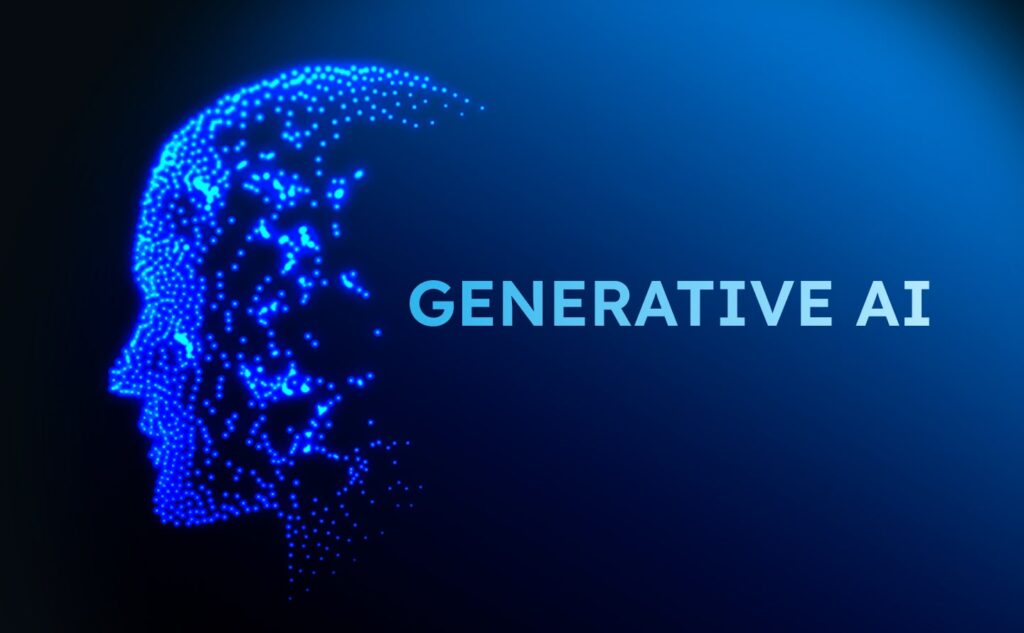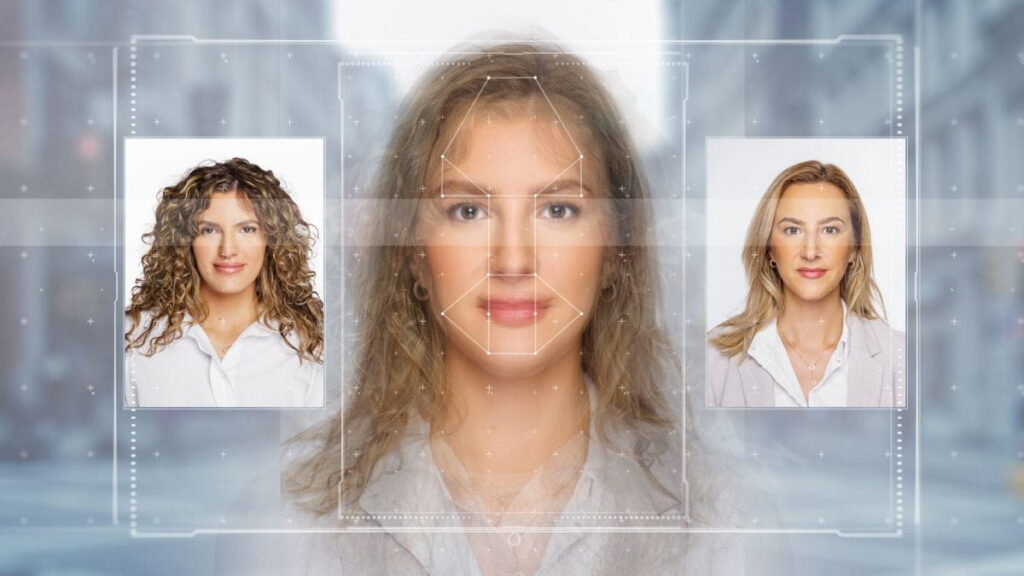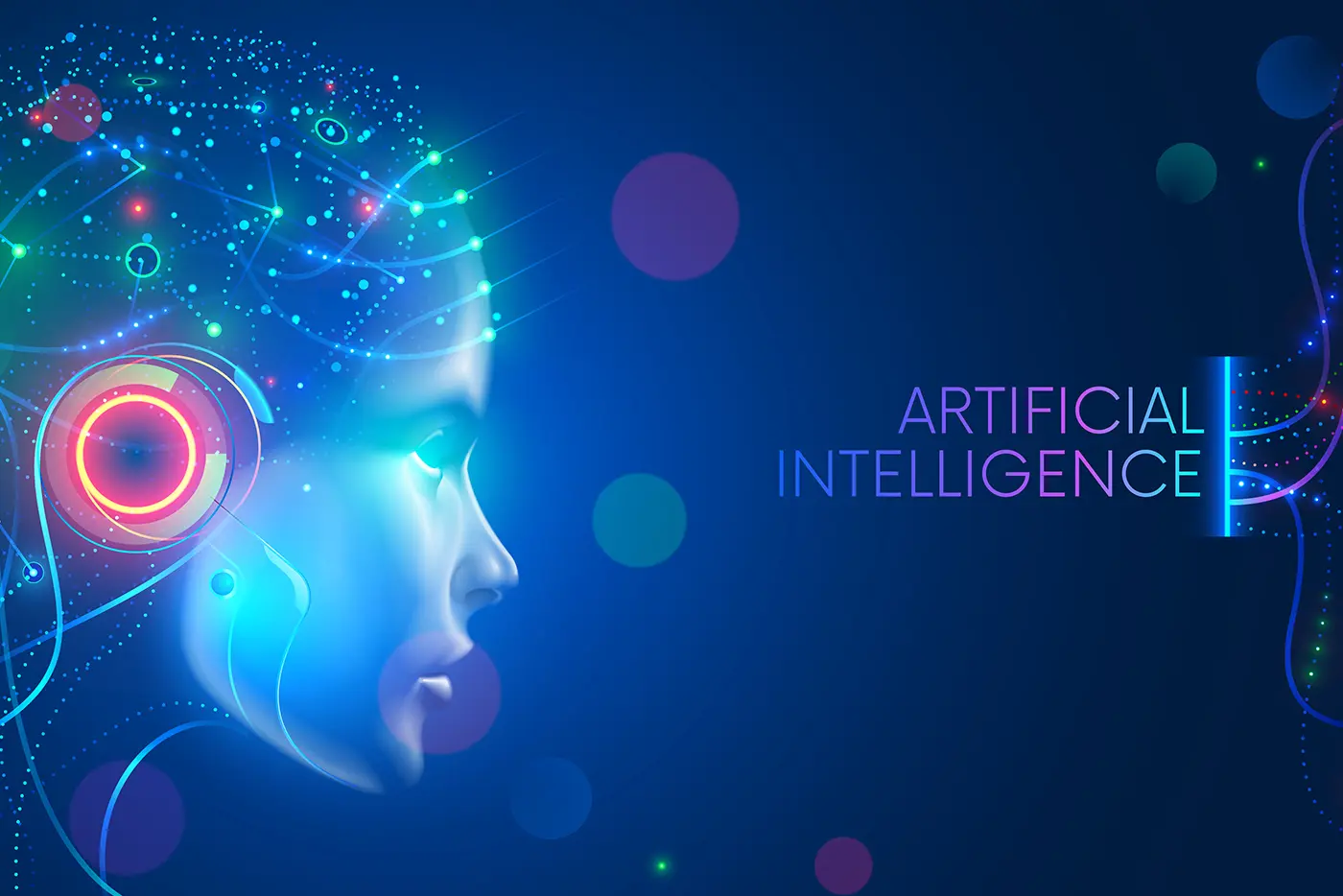1. Creative Industries
Generative AI is revolutionizing the creative sector by enabling the rapid creation of high-quality content. Tools powered by Gen AI assist in generating realistic graphics, videos, and even music, allowing artists and creators to produce material more efficiently. This democratization of content creation is expanding opportunities for independent creators and small studios.

2. Business Operations
In the business realm, Gen AI is streamlining operations through automation and enhanced data analysis. Companies are leveraging AI to optimize supply chains, improve customer service, and make data-driven decisions, leading to increased productivity and cost savings.
3. Telecommunications
Telecommunication companies are integrating Gen AI to manage network traffic, predict maintenance needs, and personalize customer experiences. AI-driven chatbots and virtual assistants are becoming commonplace, providing 24/7 support and improving customer satisfaction.
⚠️ Challenges Facing Gen AI in 2025
1. Sustainability Concerns
The energy consumption of AI data centers is a growing concern. Training large language models (LLMs) requires substantial computational power, leading to increased electricity usage. For instance, a single large data center can consume as much electricity as 50,000 homes, straining power grids and raising environmental concerns sustainability.mit.edu.
To mitigate these effects, companies are investing in energy-efficient technologies and exploring renewable energy sources. However, these initiatives are still in the early stages, and achieving significant reductions in energy consumption will take time .Deloitte United States+4sustainability.mit.edu+4sustainability.mit.edu+4
2. Gender Disparities in AI
Despite progress, gender disparities persist in the AI industry. Women are underrepresented in AI education and employment, and those who do participate often face challenges such as bias and unequal opportunities. For example, women are more likely to experience negative AI interactions, including being disproportionately affected by deepfake harassment .The Australian
Efforts are underway to address these issues through initiatives aimed at promoting diversity and inclusion in AI. Organizations are implementing training programs, mentorship opportunities, and policies to support women in the field.
3. Trust Issues and Deepfakes
The ability of Gen AI to create hyper-realistic fake content, known as deepfakes, poses significant trust issues. Deepfakes can be used to spread misinformation, manipulate public opinion, and damage reputations. The proliferation of such content undermines trust in digital media and raises ethical concerns .Forbes+2Forbes+2Access Partnership+2
In response, governments and organizations are developing tools and policies to detect and combat deepfakes. These include AI-powered detection systems and legislation aimed at penalizing the creation and distribution of malicious deepfake content.







